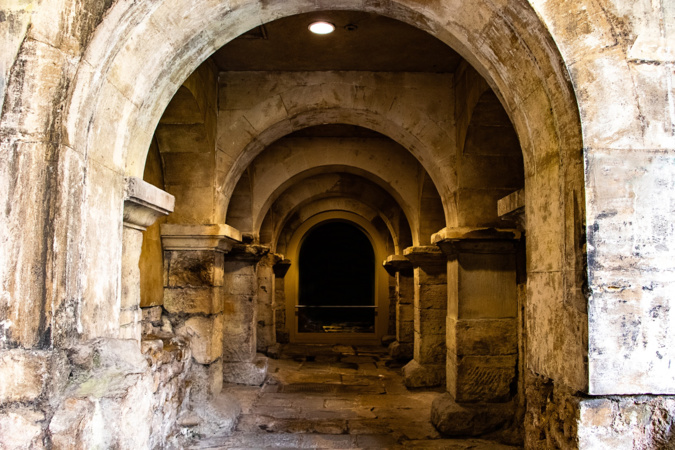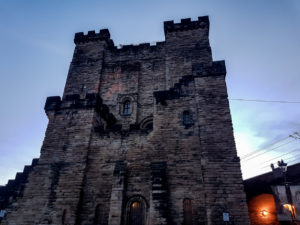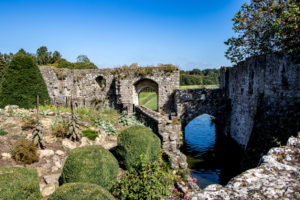Roman Baths (Bath) – The first shrine at the site of the hot springs was built by Celts, and was dedicated to the goddess Sulis, whom the Romans identified with Minerva.
The name Sulis continued to be used after the Romans arrived in Britain, leading to the town’s Roman name of Aquae Sulis (“the waters of Sulis”). The temple was constructed in 60–70 AD and the bathing complex was gradually built up over the next 300 years. Engineers drove oak piles to provide a stable foundation into the mud and surrounded the spring with an irregular stone chamber lined with lead. In the 2nd century, it was enclosed within a wooden barrel-vaulted building and included the caldarium (hot bath), tepidarium (lukewarm bath), and frigidarium (cold bath).







